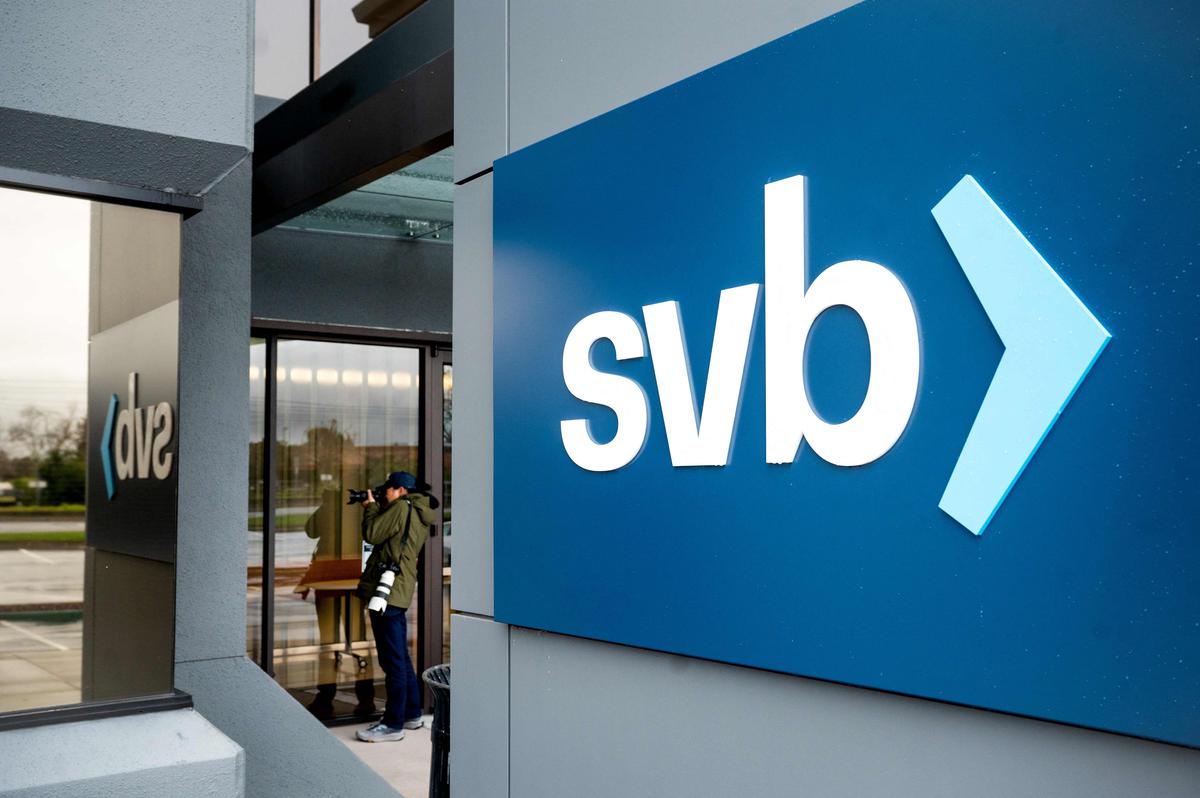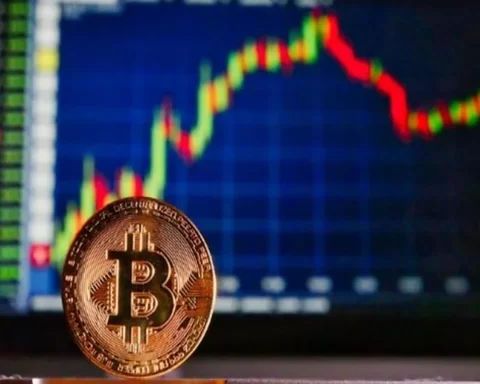A new analysis of Silicon Valley Bank (SVB) has found that numerous losses, a massive loan portfolio, and other issues have led to its collapse.
The SSRN report cited around 190 banks across the United States that could potentially see bank runs as a result of the ongoing crisis.
Explaining the looming risk triggered by uninsured deposit withdrawals, the report read: “Even if only half of uninsured depositors decide to withdraw, almost 190 banks are at a potential risk of impairment to insured depositors, with potentially $300 billion of insured deposits at risk.”
Central banking monetary policies could pose significant risks to government bonds, mortgages, and other assets, sparking further banking losses, it added.
It defined banks failing to hold sufficient market-to-market asset values and repay all insured deposits as insolvent.
Rising US interest rates plummeted asset market values across the US banking system to a total of $2 trillion USD. The report concluded: “Recent declines in bank asset values significantly increased the fragility of the US banking system to uninsured depositors runs.”
“Even if only half of uninsured depositors decide to withdraw, almost 190 banks are at a potential risk of impairment to insured depositors, with potentially $300 billion of insured deposits at risk. If uninsured deposit withdrawals cause even small fire sales, substantially more banks are at risk,” it read.
The news comes after SVB collapsed in March due to rising Fed rates, leading to a massive liquidity crisis and subsequent bank runs. The bank has supplied the global tech industry with critical loans and leaves a massive hole in funding for many of the world’s tech startups and firms, among others.
Banking giant HSBC bought the British arm of SV Global for only £1 following the former’s bankruptcy.
READ: Why Are Crypto & Tech PR Agencies Asking Employees to Complete the CIACM MMQ




